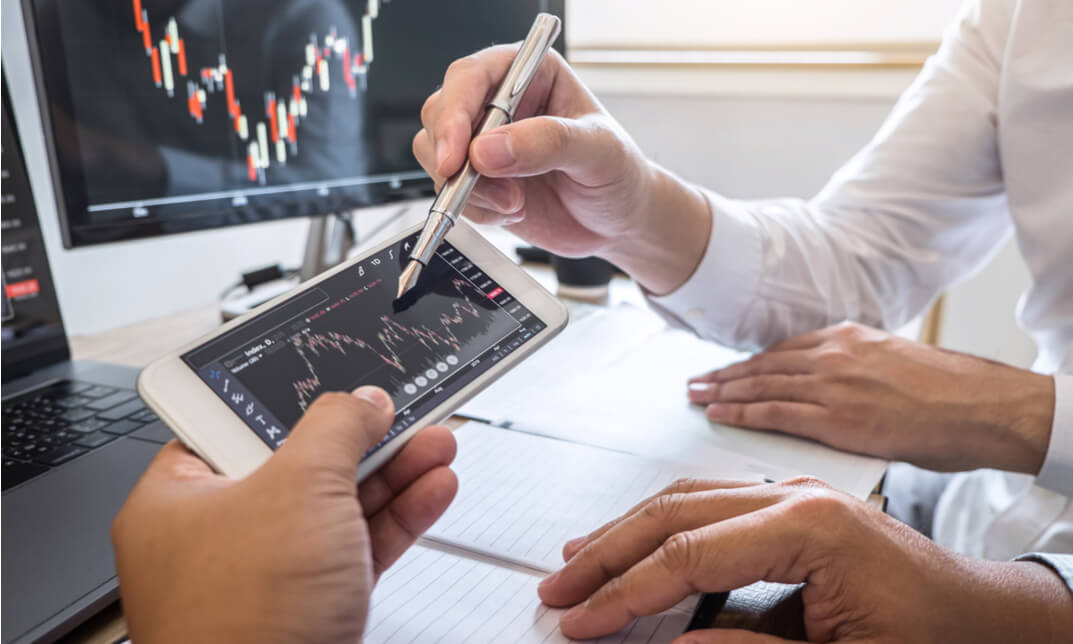
Using Leverage Wisely in Forex Trading
Forex trading has gained immense popularity in recent years due to its potential for substantial profits. One of the key concepts that traders encounter in this financial market is leverage. Leverage allows traders to control a larger position size with a relatively smaller amount of capital. While leverage can amplify profits, it also magnifies risks. In this article, we will delve into the intricacies of using leverage wisely in forex trading.
Understanding Leverage
What is Leverage?
Leverage, in the context of forex trading, refers to the ability to control a large position size with a fraction of the total value required. It is essentially a loan provided by the broker to the trader, enabling the trader to open positions that are significantly larger than their account balance.
How Does Leverage Work in Forex Trading?
Leverage is expressed as a ratio, such as 50:1, 100:1, or even higher. For instance, with a 100:1 leverage ratio, a trader can control a $100,000 position with a $1,000 margin. If the trade goes in the trader’s favor, the profits are magnified. However, if the trade moves against them, the losses are also amplified.
The Pros and Cons of Leverage
Advantages of Using Leverage
Leverage can offer traders the opportunity to make substantial profits with a smaller initial investment. It allows for greater market exposure and the ability to capitalize on even small price movements.
Risks Associated with Leverage
While leverage can enhance profits, it also increases the potential for significant losses. Excessive leverage can lead to margin calls, where traders are required to deposit additional funds to cover losses.
Factors to Consider When Using Leverage
Risk Tolerance
Before using leverage, traders must assess their risk tolerance. High leverage may lead to rapid gains, but it also brings the possibility of swift and substantial losses.
Market Volatility
Highly volatile markets can result in rapid price fluctuations. Traders should consider market conditions and adjust their leverage accordingly.
Trading Strategy
Different trading strategies may require different levels of leverage. Short-term traders might opt for higher leverage, while long-term traders may choose lower leverage.
Best Practices for Using Leverage Wisely
Start with a Demo Account
Beginners should practice with a demo account to understand how leverage works without risking real money.
Set Realistic Goals
Have clear profit and loss targets. Avoid the temptation to overtrade or overleverage to chase unrealistic gains.
Implement Proper Risk Management
Use stop-loss orders to limit potential losses. Never risk more than you can afford to lose on a single trade.
Diversify Your Trades
Avoid concentrating all your capital in one trade. Diversification helps mitigate the impact of a single loss.
Common Mistakes to Avoid
Overleveraging
Using too much leverage can wipe out your account quickly. Use leverage cautiously and within your risk tolerance.
Ignoring Stop-Loss Orders
Failing to set stop-loss orders can result in significant losses if the market moves against your position.
Chasing Losses
Trying to recover losses by increasing your leverage can lead to even more substantial losses. Stick to your trading plan.
Leverage Regulations and Limits
Regulatory Authorities
Leverage limits vary by region and are set by regulatory bodies to protect traders from excessive risk.
Maximum Leverage Limits
Different countries have different maximum leverage limits. Traders should be aware of the regulations in their jurisdiction.
Case Studies: Successful Leverage Utilization
Case Study 1: Conservative Approach
A trader uses moderate leverage and focuses on risk management. While the profits are steady, the losses are limited.
Case Study 2: Aggressive Approach
Another trader employs high leverage to maximize gains. Although successful at times, this approach involves higher risk.
Psychological Impact of Leverage
Controlling Emotions
Leverage can intensify emotions like fear and greed. Traders must maintain emotional discipline to make rational decisions.
Handling Drawdowns
Inevitable drawdowns can test a trader’s resolve. Properly managing leverage can help traders navigate these challenging times.
Education and Continuous Learning
Staying Updated with Market Trends
Forex markets are dynamic. Continuous learning about market trends and adapting strategies is crucial.
Learning from Mistakes
Mistakes are part of trading. Using leverage wisely involves learning from losses and refining your approach.
Monitoring and Adjustment
Regularly Reviewing Leverage Strategy
Market conditions change, and so should your leverage strategy. Regularly assess and adjust your approach.
In conclusion, leverage is a powerful tool that can amplify both profits and losses in forex trading. By understanding its benefits, risks, and best practices, traders can use leverage wisely to enhance their trading strategies. Remember that responsible and informed use of leverage is essential to long-term success in the forex market.
FAQs
- Is leverage available for all types of trading accounts? Yes, many brokers offer leverage for various types of trading accounts, but the ratios may differ.
- Can leverage result in a negative account balance? Yes, if a trade moves significantly against your position, it can lead to a negative account balance.
- Are there any alternatives to using leverage? Traders can opt for trading without leverage, but it might require a larger capital investment.
- What is the recommended leverage ratio for beginners? It’s advisable for beginners to start with lower leverage, such as 10:1 or 20:1, until they gain more experience.
- How can I avoid overleveraging? Set strict risk management rules, use stop-loss orders, and avoid trading on impulse or emotions.

